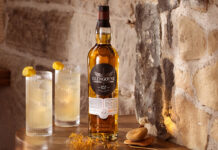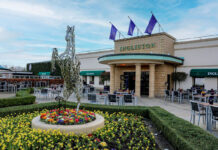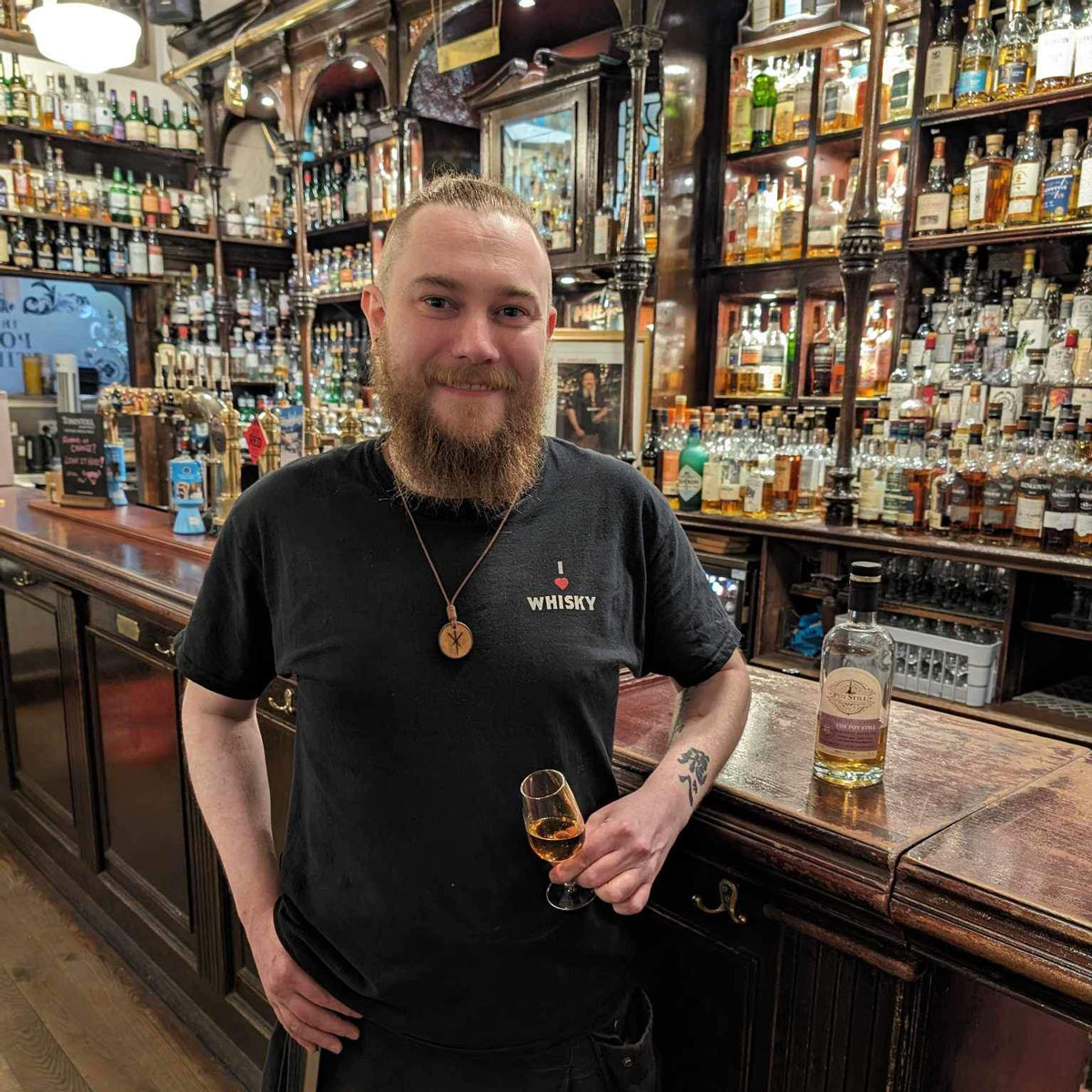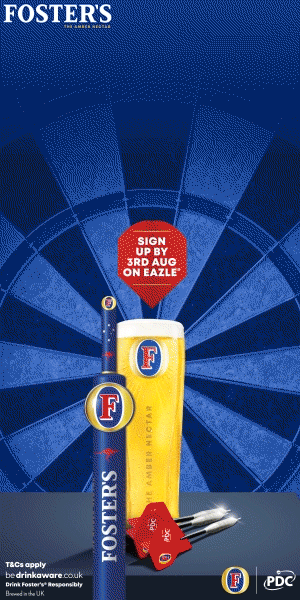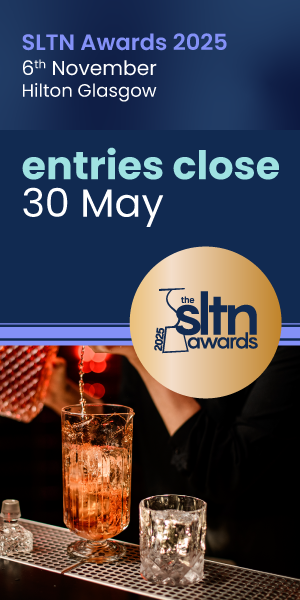A robust alcohol-free range is now vital, say drinks firms

TIMES are changing in the on-trade, and low and no-alcohol is now very much a category which stands shoulder to shoulder with other, more traditional trade tipples.
And during the festive season there are likely to be even more pub customers looking for low and no-alcohol drinks – from those who choose not to drink, to designated drivers, to health conscious consumers.
Quoting figures from the Office of National Statistics, Amy Burgess of Coca-Cola European Partners (CCEP) said that with more than a fifth of people choosing not to drink alcohol, the low and no-alcohol category “is arguably more important to licensees than it’s ever been before”.
The low and no-alcohol category is more important than ever before.
Therefore, it is “imperative” that operators cater to customers seeking these products, Meriam Alnaman of Kopparberg told SLTN.
“Operators should keep in mind that consumers are becoming more health-conscious,” she said.
“They need to act accordingly by diversifying their ranges, ensuring they have appropriate formats available to cater for these consumer needs.”
Claire Arnott of Tennent’s, which counts 0.05% Tennent’s Hee Haw within its drinks stable, echoed this view.
“It’s important to cater to the demands of all kinds of Christmas party-goers, including designated drivers and those looking for alcohol-free options,” said Arnott.
And Andrew Turner of Eisberg Alcohol Free Wine said he believes the market “is thriving”.
He said: “It’s important to recognise that those cutting down (on alcohol) are from all walks of life, whether they’re doing a charity spell of temperance, pregnant, a designated driver or just making healthier decisions.
“Whatever their reasons, consumers are increasingly looking out for quality alcohol-free options that don’t compromise on taste – and fit the bill for any occasion.”
As the number of customers opting for low and no-alcohol drinks increases, there is a greater demand for top-quality products.
Rob Fink, founder of Big Drop Brewing Co, which produces a range of low-ABV (0.5%) craft beers, said customers opting for low and no-alcohol products “are no longer prepared to settle for mediocrity in their choice of drinks”.
As well as matching the quality and diversity of their higher-ABV counterparts, the right low and no-alcohol options should allow consumers to “still feel like they’re part of the crowd”, according to Turner of Eisberg, who said operators “need to cater for this market by offering a carefully considered range of alcohol-free options that spark interest”.
Fink of Big Drop Brewing Co reckons operators looking to pique the interest of customers “should seek out those drinks that deliver on taste, complement their current best sellers – and ask customers what they want”.
Taking a similar stance, Stephen Kofler of Krombacher reckons that in a category which is now “incredibly competitive”, standards have been raised, meaning that taste and quality are “now of paramount importance”.
Another popular avenue for operators seeking to capitalise on low and no demand is non-alcoholic cocktails, according to Burgess of CCEP, who reckons mocktails are becoming “increasingly popular” as consumers look for “a more indulgent soft drink”.
Standard mocktails “are no longer enough”, said Jen Draper of soft drinks firm Franklin & Sons, who added: “As a result, more complex mocktails are growing in popularity in the on-trade, allowing more premiumisation and up-sell opportunities.”
Ultimately, it is vital that operators fully market their low and no-alcohol range to consumers, according to Arnott of Tennent’s, who said “many non-drinking consumers won’t naturally consider the option of non-alcoholic lagers unless they know they are available”.




